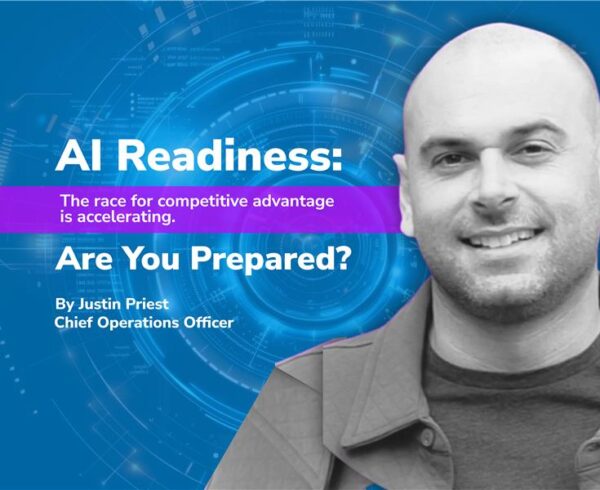In the ever-changing digital realm, cybersecurity stands as a cornerstone of protection against the insidious forces of cyber threats. With the relentless evolution of these threats, organizations must embrace a proactive stance to fortify their defenses. This blog post delves into the intricacies of building a robust cybersecurity defense team, equipped with diverse expertise and a relentless pursuit of knowledge. We will explore the significance of fostering a culture of continuous education and training, ensuring that your team remains at the forefront of cybersecurity advancements. By arming your organization with this formidable defense, you’ll bolster your resilience against cyberattacks and safeguard your valuable assets in the face of ever-present digital perils. So, join us on this journey as we navigate the intricacies of cybersecurity defense and emerge as victors in the battle against cyber threats.
1. PHISHING ATTACKS: Phishing remains a significant threat where attackers deceive individuals into divulging sensitive information, such as login credentials or financial details, through fraudulent emails or websites. In the past couple of years, the FBI’s Internet Crime Complaint Center (IC3) received 300,497 reports of phishing incidents, resulting in total losses exceeding $52 million. This highlights the critical need for robust security measures and employee training to identify and avoid such attacks.
2. RANSOMWARE: Ransomware attacks involve malware that encrypts an organization’s data, demanding a ransom for decryption. The Sophos State of Ransomware report revealed that 37% of organizations experienced a ransomware attack in the previous year. Maintaining up-to-date backups, employing robust antivirus solutions, and training staff on safe practices can mitigate the impact of ransomware attacks.
3. INSIDER THREATS: Insider threats arise from employees or contractors who intentionally or unintentionally cause harm to an organization. Establishing strict access controls, monitoring user activities, and fostering a culture of security awareness can help prevent insider threats.
4. ADVANCED PERSISTENT THREATS (APTs): APTs are prolonged and targeted cyberattacks where attackers gain unauthorized access to a network and remain undetected for an extended period. The FireEye M-Trends report indicated that the median dwell time for APTs was 24 days. Utilizing advanced threat detection tools, conducting regular security audits, and implementing network segmentation can defend against APTs.
5. ZERO-DAY EXPLOITS: Zero-day exploits target vulnerabilities in software or hardware that are unknown to the vendor. These attacks can be particularly challenging to defend against due to their unpredictability. Keeping systems updated, employing intrusion detection systems, and collaborating with threat intelligence networks are crucial strategies to combat zero-day exploits.
Building a resilient cybersecurity defense team involves not only understanding these threats but also developing strategies to counter them effectively. This entails continuous education, investing in cutting-edge technologies, and fostering a proactive security culture. By staying informed and prepared, your organization can navigate the complexities of cybersecurity and protect its most valuable assets from the ever-evolving digital threats.






